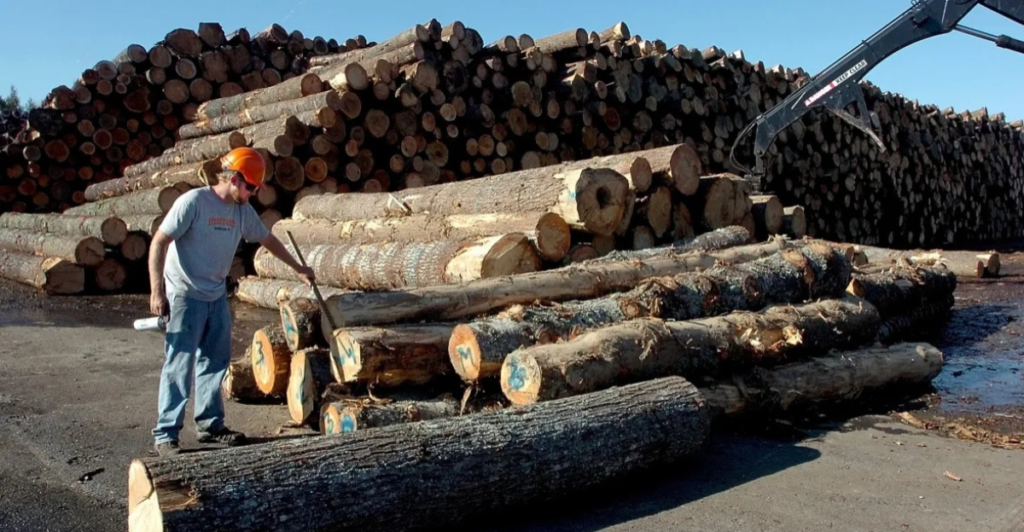
In early 2025, a $32 million USDA climate-smart forestry grant was frozen, putting Maine’s forests at a crossroads. This funding was essential for thinning 12,000 acres of forest to improve carbon storage, create high-value timber, and sustain 5,600 logging jobs. Without this funding, landowners like Baskahegan Co. are facing layoffs while conservation programs for species like the New England cottontail grind to a halt.
Maine’s logging industry and its wildlife depend on this delicate balance of economic and ecological priorities. Not only does this funding freeze put jobs at risk, but it also damages efforts to combat climate change and protect biodiversity. This crisis shows how vulnerable rural economies are to federal decisions made far from the forests they affect.
Historical Context
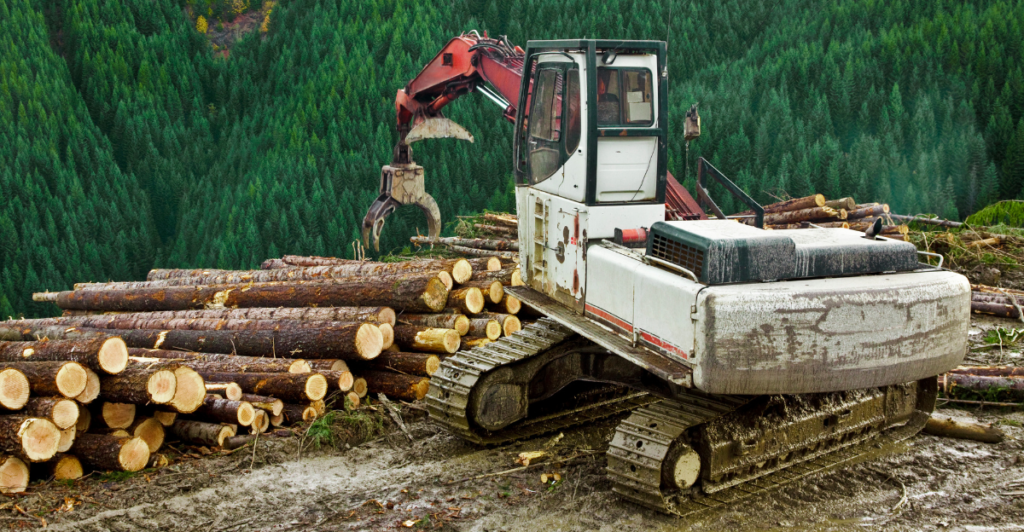
Logging has been an important part of Maine’s economy since colonial times when Eastern White Pine was used to build British ships. Over the years, the industry evolved from pulpwood to innovative products like cross-laminated timber. However, disruptions to the sector are nothing new; Maine’s logging industry has faced challenges before, including the 1980s pulp crisis, which led to massive job losses and the closure of mills in rural areas.
Now, most loggers operate as independent contractors and rely on federal programs to sustain their businesses and conservation efforts. The current funding freeze could undo decades’ worth of progress in balancing timber production with environmental care. It reflects past situations where policy mistakes or market changes left Maine’s rural communities struggling to recover from economic and environmental setbacks.
Economic Domino Effect

Each year, the logging industry contributes approximately $582 million to Maine’s economy. However, the funding freeze can trigger widespread financial fallout. Baskahegan Co., one of Maine’s largest landowners, has warned that it could possibly lay off 15% of its workforce by mid-2025 without federal support. But this could cause a ripple effect that extends beyond logging; trucking companies, equipment suppliers, and even local diners that serve loggers are bracing for losses.
Adding to the challenge is a 22% drop in wood pulp prices since 2023, leaving many contractors unable to handle more financial pressure. Maine’s $8 billion tourism industry, closely linked to the state’s well-managed forests, could also suffer if habitat degradation harms its natural beauty. The funding freeze threatens not just jobs but entire rural economies that depend on forestry.
Conservation Crossroads
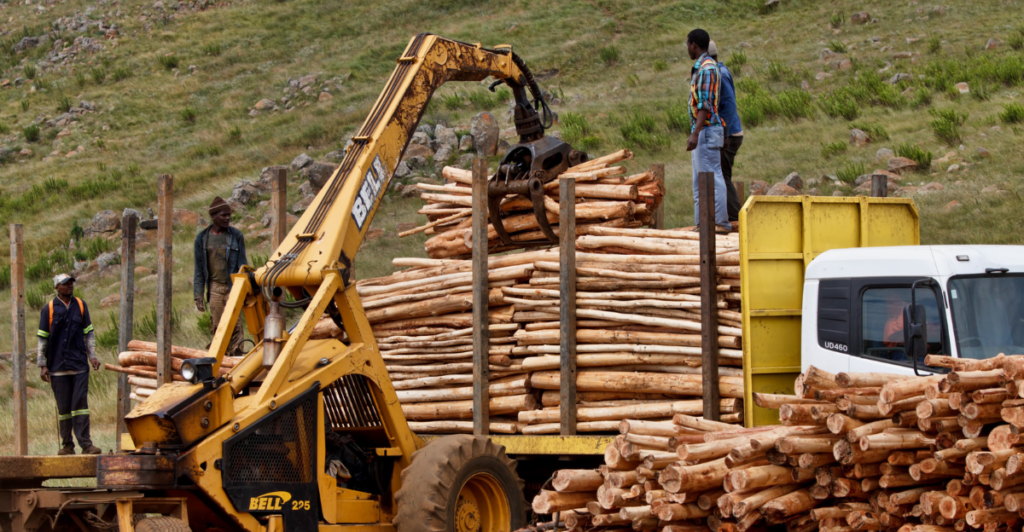
Maine’s forests are home to more than 80% of the state’s wildlife species, but almost half of these habitats are already damaged. The USDA grant played an important role in programs like young forest creation for endangered species, such as the New England cottontail, whose population is declining by 6% each year.
Other programs, like Stream Smart culverts that help aquatic life and Forestry for Maine Birds, have also stalled because of the funding freeze. Ironically, climate-smart forestry practices, which were designed to sequester more carbon than preservation alone, are now in limbo. Without swift action, Maine could lose its biodiversity and face challenges in meeting the carbon reduction goals set by state and federal climate plans.
Political Pendulum
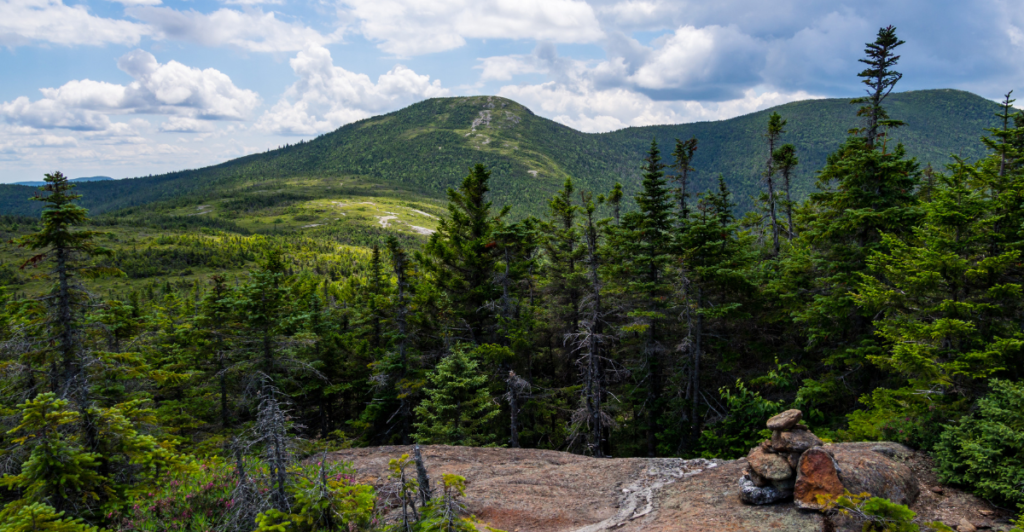
The funding freeze reflects broader political tensions surrounding environmental policy in the U.S. While Biden’s Inflation Reduction Act allocated $41 billion for rural climate projects, the Trump administration’s review has stalled their implementation. In Maine, there’s a divide: Republican lawmakers argue against “green overreach,” while many loggers see these grants as crucial for economic stability during market fluctuations.
A recent survey revealed that the majority of Maine loggers support climate-smart forestry initiatives, even with political opposition. This highlights a national challenge: how to make environmental policies less political, as they are crucial for rural economies and global climate goals. With Maine’s gubernatorial race heating up in late 2025, forestry issues could become a decisive factor in shaping future state leadership.
Innovation In Limbo

The frozen grant was supposed to fund “precision forestry” technologies like drones and AI mapping tools that can identify high-carbon trees for selective harvesting. These innovations could increase timber value by up to 35%, which could offer a competitive edge against international markets like Canada and Sweden. Companies like Tall Pines Lumber had already invested millions in thermal-modified wood technology based on expected reimbursements from the grant.
Now, these investments are at risk, threatening Maine’s ability to compete globally in sustainable timber products. Meanwhile, Sweden’s Forest 4.0 initiative is pushing forward with digital forestry practices, putting Maine at risk of falling behind in the growing international market for sustainable wood products.
Ripple Effects On Rural Communities
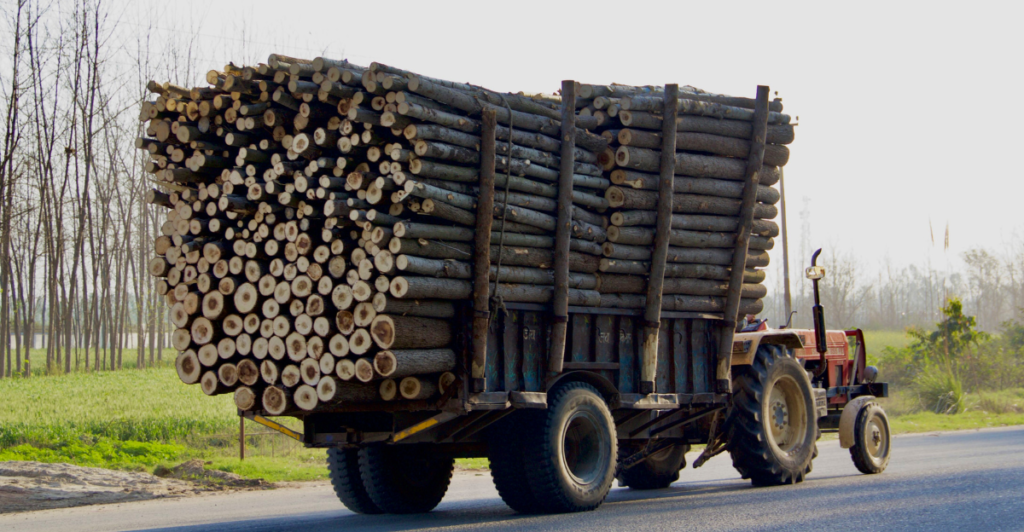
Logging supports many jobs in rural Maine communities like Millinocket and Greenville, where alternative employment opportunities are quite scarce. The funding freeze puts projects like the Jay Mill revival at risk, which aims to produce cross-laminated timber panels for construction markets across the country. Public services funded by timber taxes could also face budget cuts if logging revenues continue to decline.
This is similar to the impact of the 1990s paper mill closures, which cost many people their jobs and likely caused an increase in opioid addiction. It has been found that younger workers are already leaving these towns a lot faster than the national rate because of limited job opportunities. Without immediate support for the logging industry, rural depopulation could worsen over the next decade.
Wildlife Management Vacuum
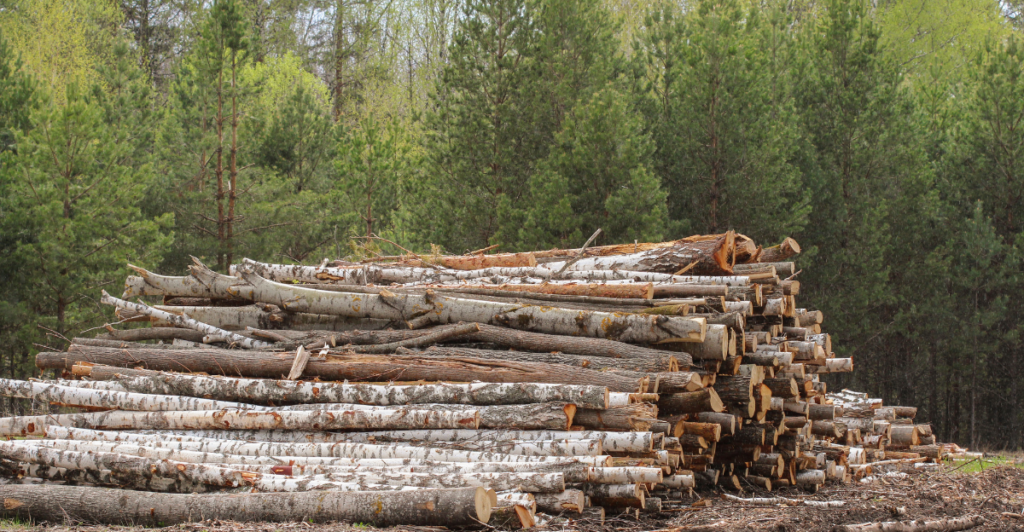
Because of the funding freeze, many important conservation projects are left without resources at a time when wildlife management is more urgent than ever before. Programs under Maine’s Natural Resource Conservation Program, which restored over 200 miles of aquatic habitats since its inception, now face an $8 million shortfall due to lost federal funding.
On many private lands invasive species like the buckthorn are taking over habitats that were previously managed through thinning programs, which were funded by USDA grants. Prolonged gaps in conservation funding could lead to ecosystem failures that would take decades and millions of dollars to reverse.
The Threat to Maine’s Legacy

Maine’s logging industry is deeply threaded into the state’s heritage, contributing not only to the economy but also to shaping its culture. The funding freeze threatens to damage this legacy, putting the jobs and communities that rely on forestry at risk.
Without immediate action, Maine could lose its ability to manage forests sustainably, risking not only its natural resources but the long-standing traditions that have shaped rural life. The state’s future relies on balancing economic needs with environmental care, ensuring that logging continues while protecting the environment. If this issue is left unaddressed, this crisis could weaken Maine’s economy and identity.
The Need for Immediate Action
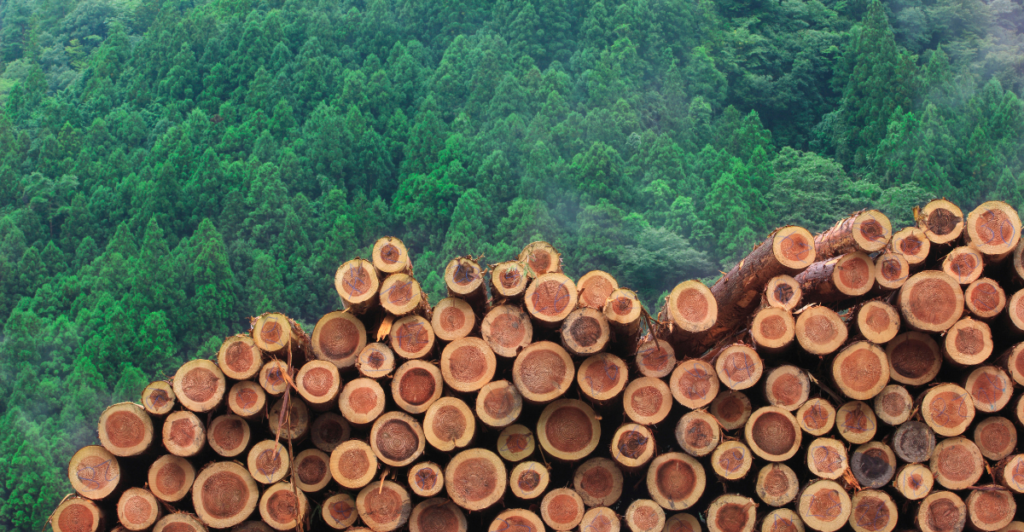
The situation is urgent. Maine’s forests, wildlife, and logging communities need immediate support to prevent further damage. With climate-smart forestry, forest restoration, and innovative technology all at risk, the state faces a crossroads.
The future of Maine’s logging industry, rural communities, and conservation efforts depends on immediate and decisive action from both state and federal leaders. Without the necessary resources and political will to overcome the freeze, Maine could be left to contend with declining jobs, environmental degradation, and the slow disappearance of its iconic landscapes.
Explore more of our trending stories and hit Follow to keep them coming to your feed!

Don’t miss out on more stories like this! Hit the Follow button at the top of this article to stay updated with the latest news. Share your thoughts in the comments—we’d love to hear from you!







